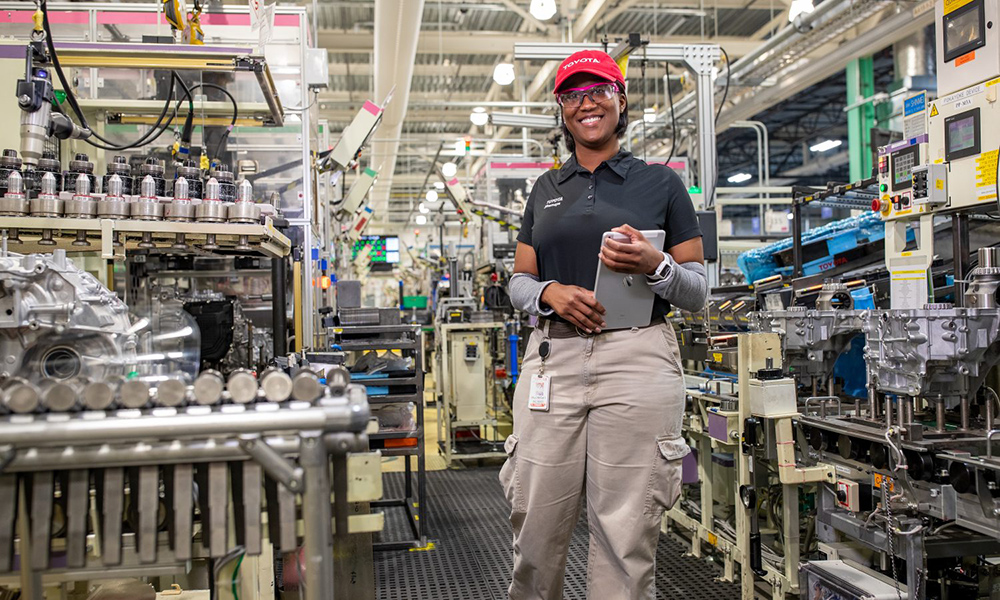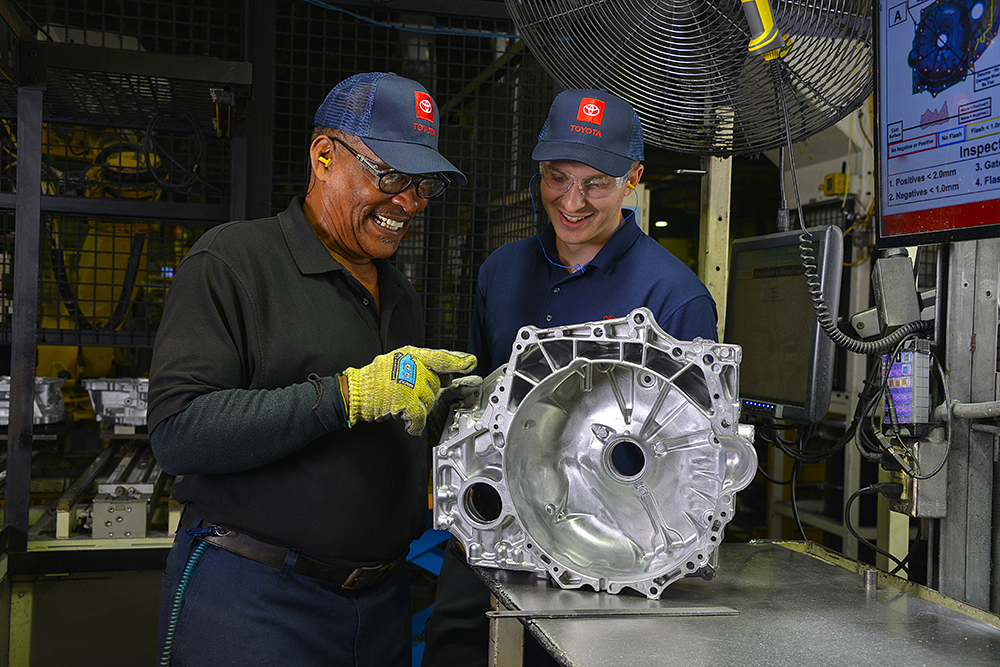
[ad_1]
Toyota has a credibility drawback in relation to e-mobility. The large automaker’s company proper hand pursues a variety of EV initiatives around the globe, whereas its left hand continues to unfold misinformation and foyer in opposition to pro-EV insurance policies.
Many are hopeful that the current adjustments within the firm’s govt suite portend a brand new, extra electrical technique. Toyota not too long ago held a technical briefing session, dubbed the Toyota Technical Workshop, which delivered a number of bits of encouraging information, however didn’t announce something just like the electrification initiatives which might be underway at Ford, GM and the Volkswagen Group.
“Within the space of electrification, we’ll proceed to pursue a multi-pathway method, together with the introduction of optimum powertrains for every area,” Toyota reiterated. This feels like the identical previous cynical technique that almost all legacy automakers are pursuing—as polluting ICE autos are phased out in China and Europe, they hope to promote extra in growing nations, whereas hyping hybrids as an affordable sop for North American patrons.

In Might, Toyota launched BEV Manufacturing facility, which isn’t truly a producing facility, however moderately “a company devoted to battery EVs.” The title might not fairly work in English, however it is a optimistic improvement. As a number of legacy automakers have discovered, it’s a good suggestion to separate EV manufacturing and advertising from the useless weight of company buildings constructed round ICE manufacturing.
“We’ll roll out next-generation BEVs globally and as a full lineup to be launched in 2026,” says Toyota. “By 2030, 1.7 million models out of three.5 million general will likely be offered by BEV Manufacturing facility.”
Toyota says it plans to develop a car with a spread of 1,000 km. This announcement shortly generated the specified headlines within the mainstream press, however EV cognoscenti principally responded with a ho-hum (or a “La-de-frickin-da!” for Chris Farley followers). What the market actually craves is decrease costs, no more vary that almost all drivers won’t ever want. We’re extra intrigued by the brand new Arene OS (an built-in car OS à la Tesla?) and “full OTA” (over-the-air updates, one other long-overdue innovation).
Extra shades of Tesla: “On the manufacturing axis, the automobile physique will likely be constructed from three primary parts in a brand new modular construction,” says Toyota. “Adopting giga casting will enable significant factor integration, which contributes to the discount of car improvement prices and manufacturing facility funding. As well as, self-propelling manufacturing expertise will cut back the processes and plant funding by half.”
Extra excellent news: Toyota is accelerating its improvement of solid-state batteries. “The following-generation battery EVs will undertake new batteries, via which we’re decided to change into a world chief in battery EV vitality consumption.” The automaker says it has made a technological breakthrough that improves the sturdiness of its all-solid-state batteries, and is contemplating introducing them to hybrids in addition to to BEVs.

Does it sound like Toyota has lastly seen the electrical gentle? Not so quick. Alongside the brand new BEV Manufacturing facility, there may even be a Hydrogen Manufacturing facility. Toyota thinks the worldwide gasoline cell market goes to be price some 5 trillion yen (about $36 billion) in 2030. It’s selling exterior gross sales of gasoline cells utilizing the Mirai’s hydrogen models, and says it has acquired “affords for exterior gross sales of 100,000 models by 2030,” most of them to be used in business autos.
Whereas loads of journalists (and the inventory market) hailed the most recent bulletins because the daybreak of a brand new day, those that’ve performed the mathematics are typically extra skeptical. Toyota’s nonetheless speaking about 1.7 million EVs a 12 months by 2030. That’s lower than 20% of its whole manufacturing in 2022, and it’s lower than Tesla’s present EV manufacturing. In the meantime, The Volkswagen Group goals to be producing 8 million EVs in 2030 (80% of whole manufacturing) and Ford Motor is taking pictures for two million by 2026.
Prolific EV author James Carter known as the institution of the brand new BEV Manufacturing facility “at greatest solely a cautious step, and nonetheless far behind different OEMs.” Carter factors out that, if Toyota sticks with its timid manufacturing targets, it’s going to have slightly drawback in a few of its greatest markets. Assuming that the present political help for EVs holds up, ICE autos are going to be unsaleable in Europe, Canada and California by 2035, and within the UK by 2032.
[ad_2]